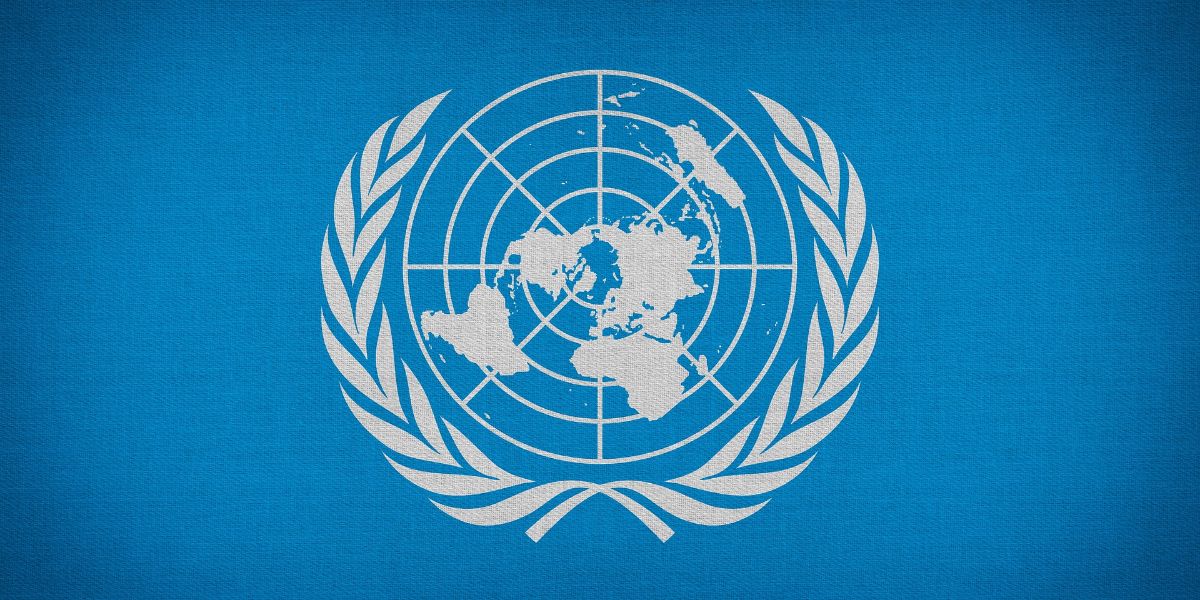The UN Committee of Experts on International Cooperation in Tax Matters published advanced unedited versions of guidance on transfer pricing for agricultural products and transfer pricing in the pharmaceutical industry on 23 September 2024.
Interstitial Guidance on Transfer Pricing of Agricultural Products
This guidance was prepared in response to the need, often expressed by developing countries, for practical advice in applying the arm’s length principle to agricultural products. All tax administrations, but particularly those from developing countries, face resource and capacity constraints in a specialised area such as transfer pricing.
These constraints make it important to ensure that the limited resources of tax administrations are targeted as efficiently and effectively as possible. In addition, agriculture is of great importance to all countries, both developed and developing, and has a huge impact on the global economy, with multinational enterprises (MNEs) active in agricultural production and along agricultural global value chains. Agriculture also intersects with many other industries including chemicals, logistics, and machinery. Given the relevance and size of the agricultural industry in the economy of many developing countries, the goal of this guidance is to provide practical advice for tax authorities and to multinational enterprises (MNEs) in agriculture.
This guidance commences by giving an overview of agricultural products and the industry in general and then focuses on case studies of two specific agricultural industries: coffee and soybeans. The guidance provides an overview of the two industries, discussing their global value chains and key value drivers. Practical issues relating to transaction delineation, comparability analysis, and the application of transfer pricing methods in the agriculture industry are addressed, followed by examples designed to illustrate these issues.
Four appendices provide additional context. Appendix 1 includes a list of abbreviations used in this guidance. Appendices 2 and 3 provide statistics on agricultural production, sales and international trade. Appendix 4 lists potential questions that can be asked in a tax audit setting for a functional analysis of agricultural producers.
It should be noted that the analysis contained in this document may not reflect the particularities specific to all countries. Instead, it takes a systematic approach by describing the most pertinent features regarding agricultural products and related transfer pricing issues.
It is important to highlight that the United Nations Practical Manual on Transfer Pricing for
Developing Countries (“the UN TP Manual”) in its most recent version is applicable to the agriculture industry and the guidance provided in this document is based on, and should be read in conjunction with, the most recent version of the UN TP Manual.
Interstitial Guidance on Transfer Pricing in the Pharmaceutical Industry
This guidance was prepared in response to the need, often expressed by developing countries, for practical guidance in applying the arm’s length principle to the pharmaceutical industry. All tax administrations, but particularly those from developing countries, face resource and capacity constraints in a specialised area such as transfer pricing. These constraints make it important to ensure that the limited resources of tax administrations are targeted as efficiently and effectively as possible. In addition, given the importance of the pharmaceutical industry to all countries the goal of this guidance is to provide practical advice for tax authorities and to multinational enterprises (MNEs) in the pharmaceutical industry.
This guidance commences by describing the global value chain of the pharmaceutical industry, its value drivers and business models. The application of transfer pricing analysis to the pharmaceutical industry is discussed. Practical issues relating to the delineation of the transaction and the comparability analysis are addressed. The document then provides several examples.
Two appendices provide additional context. A list of the abbreviations used in this guidance is attached as Appendix 1 and a glossary of key terms is attached as Appendix 2. Appendix 3 (forthcoming) lists potential questions that can be asked in a tax audit setting for a functional analysis in the pharmaceutical industry.
It should be noted that the analysis contained in this document may not reflect particularities present in all countries, but instead takes a systematic approach of describing the most pertinent features of the pharmaceutical industry and related transfer pricing issues.
It is important to highlight that the United Nations Practical Manual on Transfer Pricing for Developing Countries (“the UN TP Manual”) in its most recent version is applicable to the pharmaceutical industry and the guidance provided in this document is based on, and should be read in conjunction with, the UN TP Manual.













